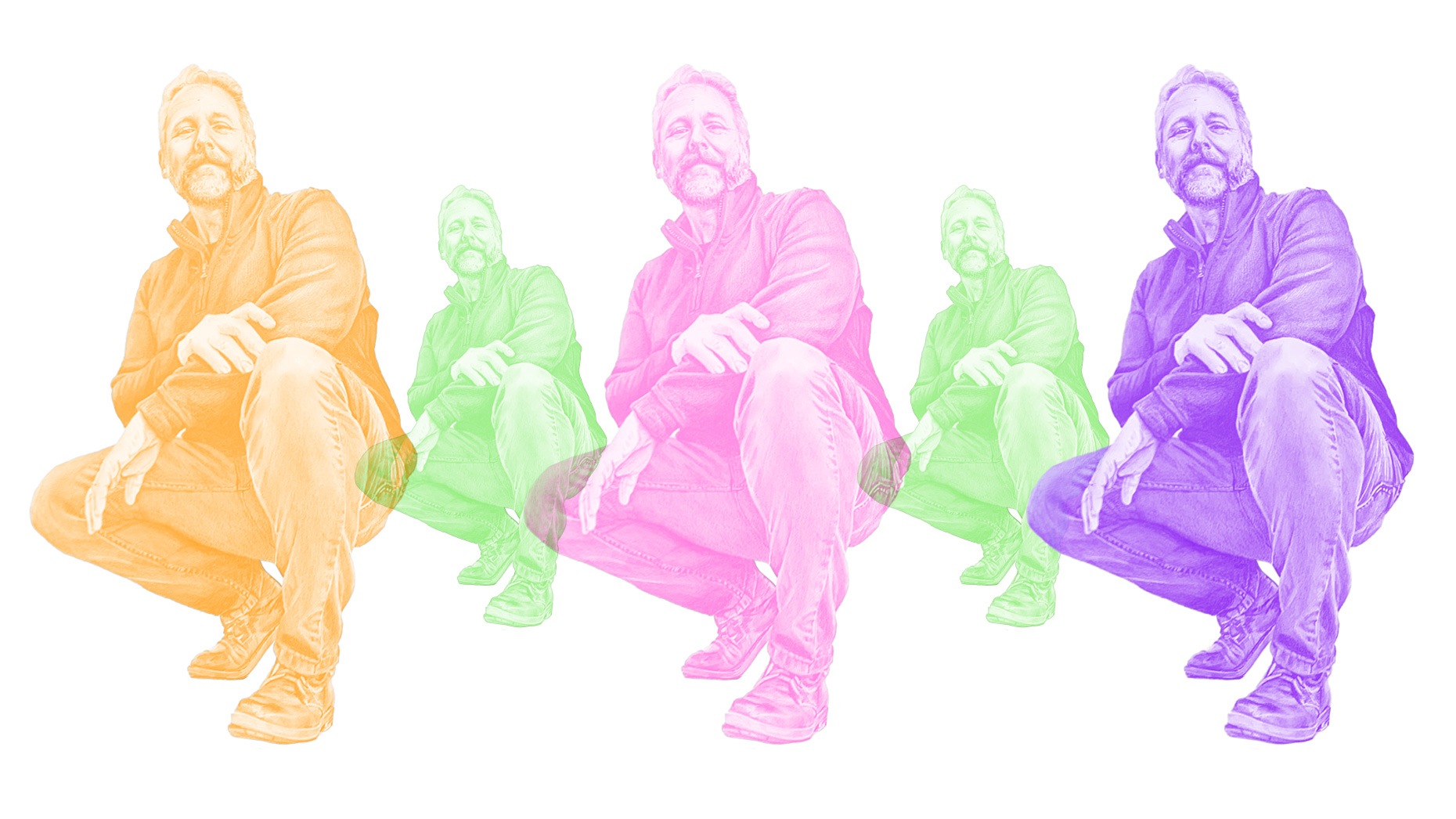
The Raconteur:
Bob BURNS
Highlighted by a major transformation, the Mattatuck Museum is expanding its role as a storytelling space. Meet BOB BURNS – the man at the helm who's helping get some of greater Waterbury's greatest stories told.
For some, it’s their first impression. For others, a new impression. Whichever it is for each individual, the net impression is a beaming visage of wide-eyed excitement and stimulating possibilities.
One could say this describes the reimagined Mattatuck Museum – and one could also say, it’s an apt sketch of the Museum’s Director, Bob Burns.
Both he, and the organization he leads, have every right to be ecstatic – and Burns lavishes us with eloquent examples of why.
If you close your eyes, Bob is your favorite podcast, history teacher and storytelling friend combined – a walking Wikipedia of interesting facts and fables.
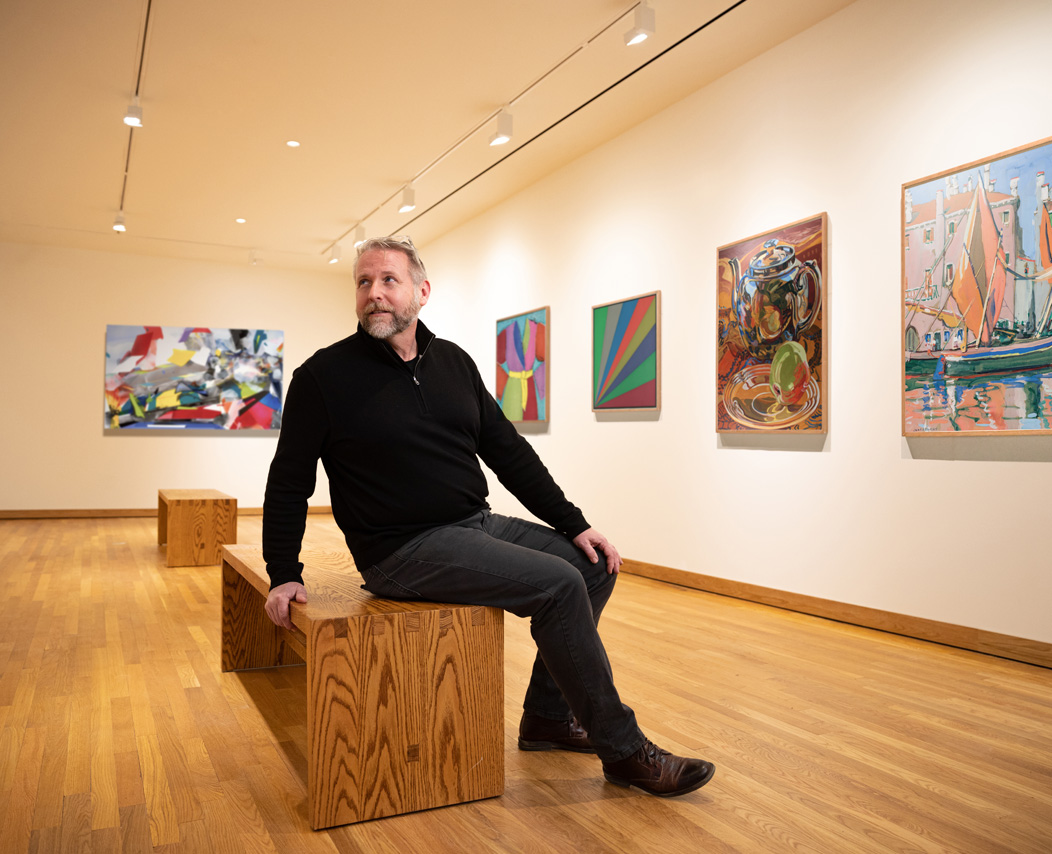 WORX
WORX Bob Burns.
The majestic, 21,000 square feet of renovated and expanded space that Bob oversees now rivals any regional art museum, and is primed as a vessel to fill with stories born out of the Museum’s ambitious dual mission: To represent the art of the area from pre-colonial times to today, and to tell the tales of its historical significance.
Within the multi-faceted mission, “The Matt” is also taking on the expanded role of study center – where art historians and folks from all walks of life can come to answer, or incite, their curiosities by admiring the works and getting actively involved in a variety of programs. Quantitatively speaking, that’s 20 major exhibitions and several hundred community programs each year.
Says Burns, “I think this is going to be the thing that draws strangers to Waterbury – not just people who live outside of Waterbury, but people who live in Massachusetts and Pennsylvania and New Jersey and New York. They're going to come here because of the shows that we're doing, because of the collections that we have, and because of the amazing location.”
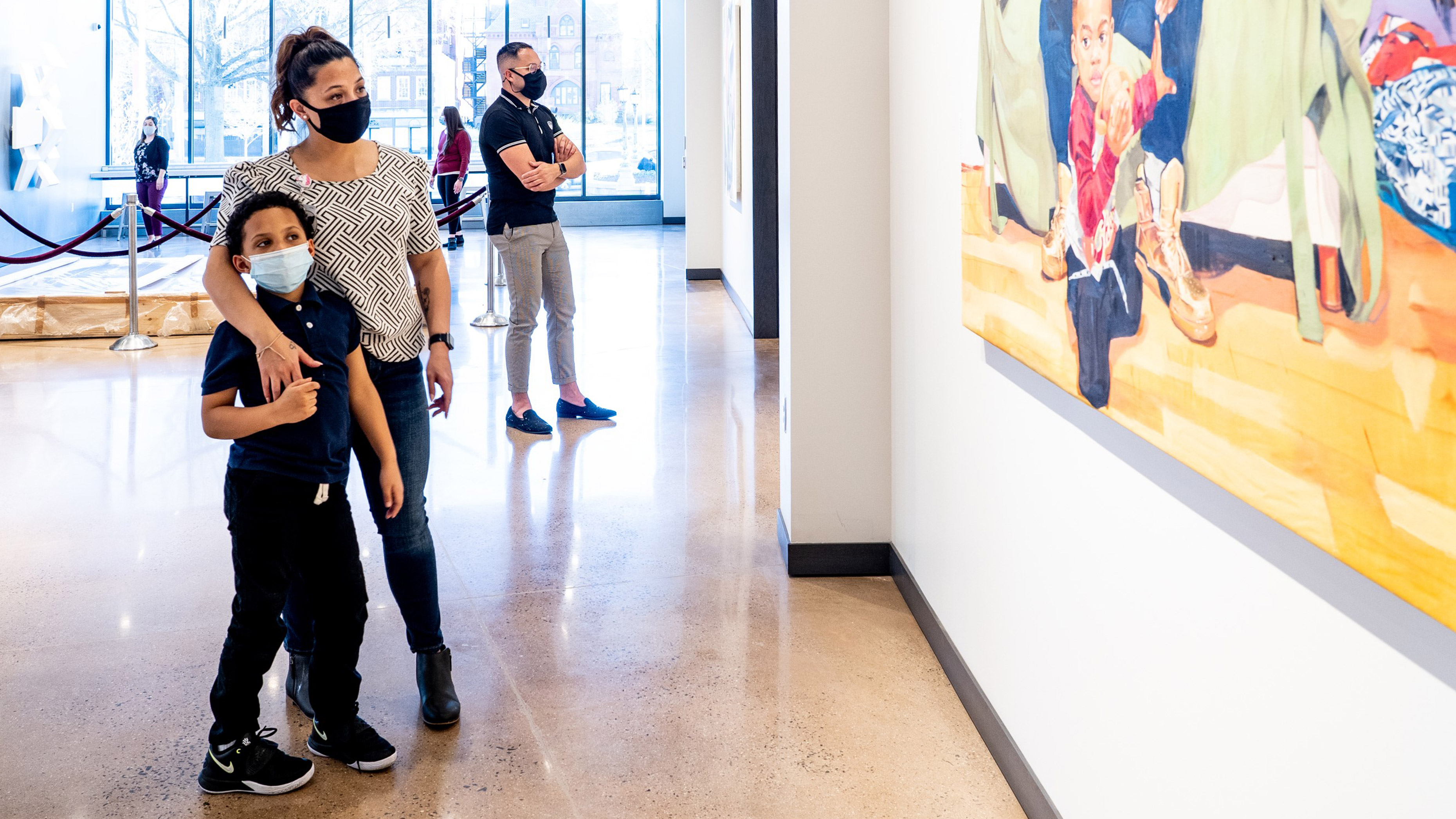 Mattatuck Museum
Mattatuck Museum The location, mid-sized appeal and hard-working nature of Waterbury reminds Bob of his hometown – Fairmont, West Virginia – where he grew up the seventh of eight children.
Mom was a particularly big inspiration.
“She was a career person who worked her entire life, and was our breadwinner. She'd take one month off to have a baby and then go back to work.”
Her career included teaching at the local university, state work, running a laboratory, dairy farming – and she still owns the old family’s 900-acre farm.
Pittsburgh was the nearest big city, where Mom allowed each child to pick one thing they wanted to do on visits. Bob always chose the Carnegie Museum – a lifelong influence he didn’t realize was there until well into adulthood.
Bob’s favorite day as a child was Family Day when his father worked at Westinghouse. Young Burns could go onto the manufacturing floor, see the production process, handle the boxes.
His fascination with factories provided more undetected foreshadowing to the manufacturing city he now adores in Waterbury.
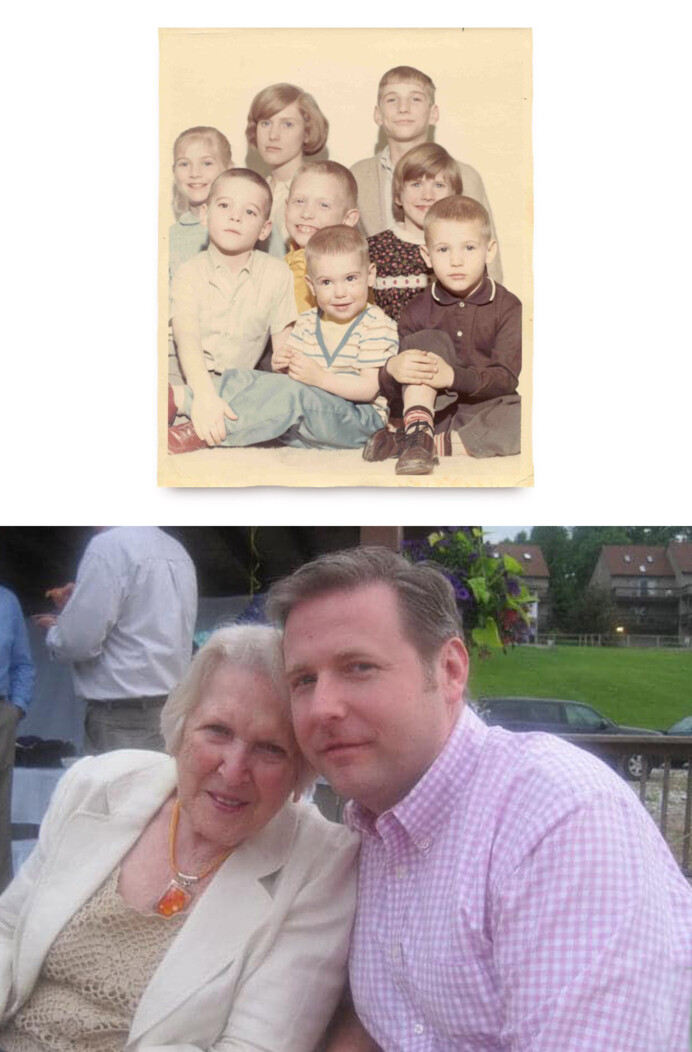 The Burns Family
The Burns Family (Above) Burns, front row and far right, with his seven siblings; (Below) Bob with his mother.
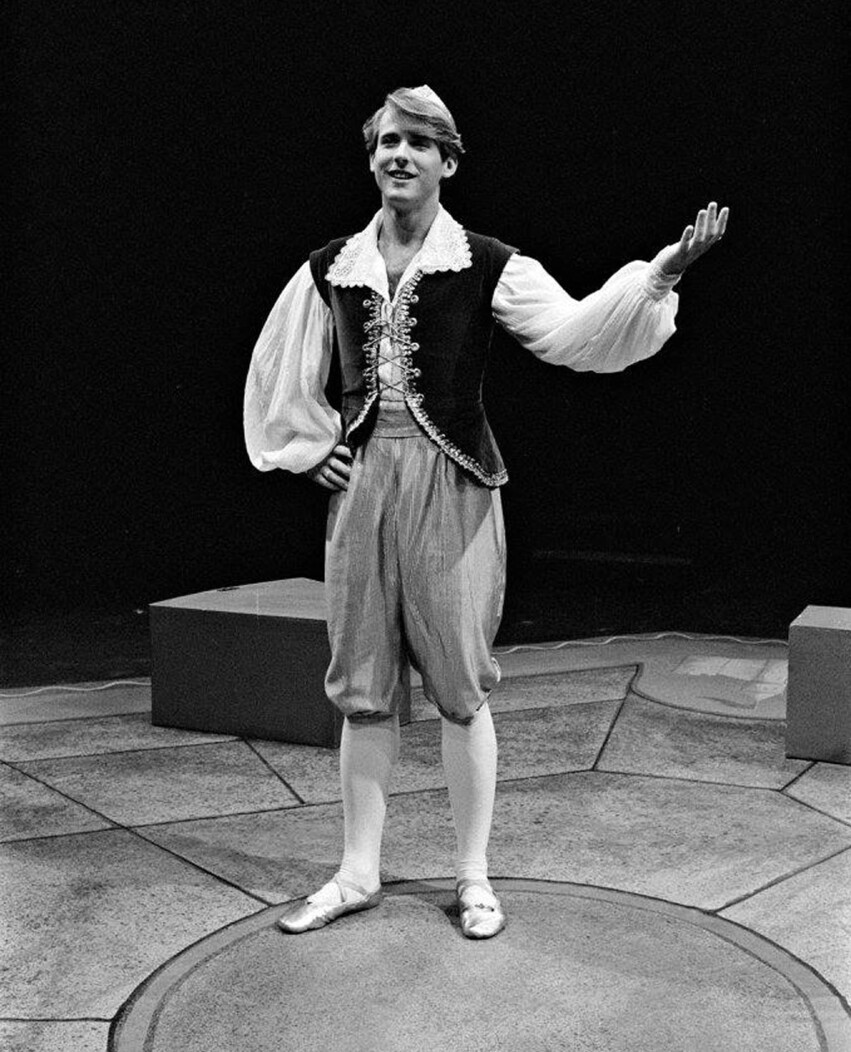 The Burns Family
The Burns Family A young Bob Burns on stage.
While he spent his youth tending to the farm – and doing homework, and cooking dinner, and helping raise a niece – Bob’s real passion was for the theater. He attended West Virginia University on full scholarship to pursue his acting ambition, and earned his degree in three years. Graduate school took him to the University of South Carolina, and through that program, to a teaching fellowship at the Shakespeare Theater in Washington, D.C. Burns was also an active actor, including a starring role in the Merchant of Venice alongside a young Kelly McGillis (who achieved fame acting alongside Tom Cruise in Top Gun).
When he moved to New York City, Burns kept acting – but found himself spending more and more time working for non-profits. He also found his future husband, Gary Schiro – the former director of Hudson Hall at the historic Hudson Opera House.
And then, in 2012, while a Vice President at the Olana State Historic Site (the home of Frederic Church, a Connecticut native and important Hudson River School artist), it was a bit of serendipity that intrigued Burns about the Mattatuck Museum.
 Mattatuck Museum
Mattatuck Museum Frederic Church, The Icebergs, 1863, Oil on canvas.
When considering whether to apply for the Director job, “I went to the website of the museum, and the first thing that popped up was one of Church's Icebergs. Well, I had just been working on a show about his Iceberg paintings. And I was like, why does this museum in the middle of Connecticut have an Iceberg painting?”
If an Iceberg was the lure, the Mattatuck’s mission was the hook – namely, the quality of its regionally-focused collection. “If you're going to pick a state to focus on art and artists,” says Burns, “Connecticut's a really good one.”
The Mattatuck Museum is chock full of the finest paintings, prints and sculpture from predominantly Connecticut artists – including George Durrie, John Trumbull and Alexander Calder. It also holds the largest collection of surrealist Kay Sage in the world.
Of all the wonderful works, Burns does have a personal favorite – a William Merrit Post painting of a tugboat in the New York City Harbor. Tugboats are another life-long fascination, and the piece hangs in his personal office.
In the decade since Burns has been at the helm, attendance at the Mattatuck has increased nearly 700%.
He attributes it to the fact that the Museum is both a living, breathing creative cacophony of things to see and do, as well as a community showcase that invites the diverse culture in which it is couched.
For example, you’re welcome to join a Tai Chi or Mindfulness class held in the gallery space, or have your child explore abstract painting in summer programs, or gather with young professionals for live arts and music projects, or get married in the Museum.
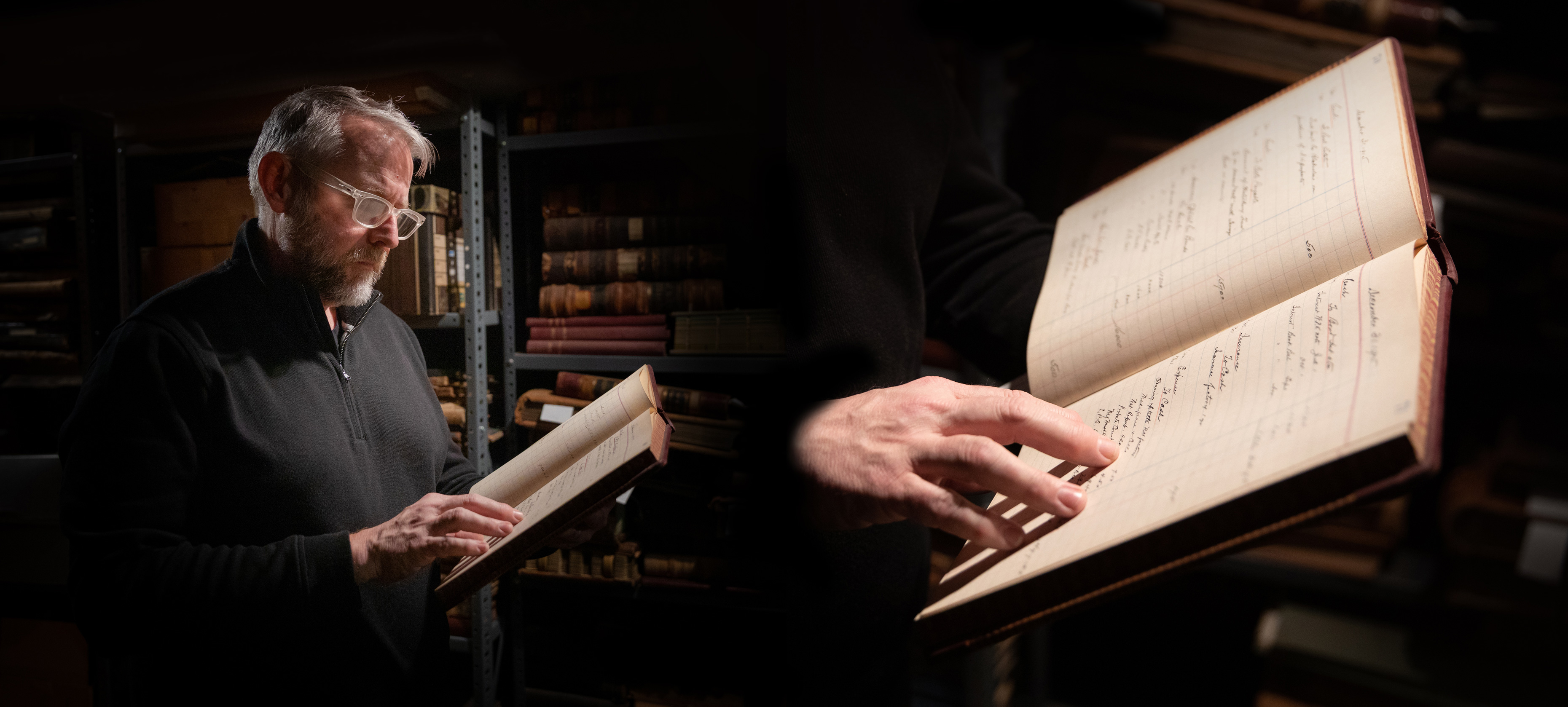 WORX
WORX The Mattatuck recounts the history of a large geography – a ten-town region around and including Waterbury. However, there is no bylaw that says the Museum needs to be in the city – a point that lightly grumbled through some conversations back in 2014.
“I came to Waterbury, and I fell in love with Waterbury. I said, no, I don't want to leave Waterbury, but it was up to the [Board of Directors].” An extensive strategic planning process led the group to the same conclusion – that being, the strong desire to keep the Museum in Waterbury, and to leverage the special assets of the city.
Everyone also agreed that the Museum building was awkward, with a 1980s addition that – in the spirit of the day’s architectural thinking – emphasized blocking views from the street in order to “hide” the treasures inside.
What it actually ended up doing was creating a barrier – both physical and psychological – between the Museum and citizens. While verbally unsaid, the building seemed to proclaim that people weren’t all that welcome.
The new museum spaces sit at the strategic polar opposite of the eighties brick-and-mortar. Two of many highlights: The large first floor classroom and gathering space with street-facing, ground-to-ceiling windows that flood the room with natural light, and the outdoor roof terrace that smiles over the expansive lawn of the Waterbury Green.
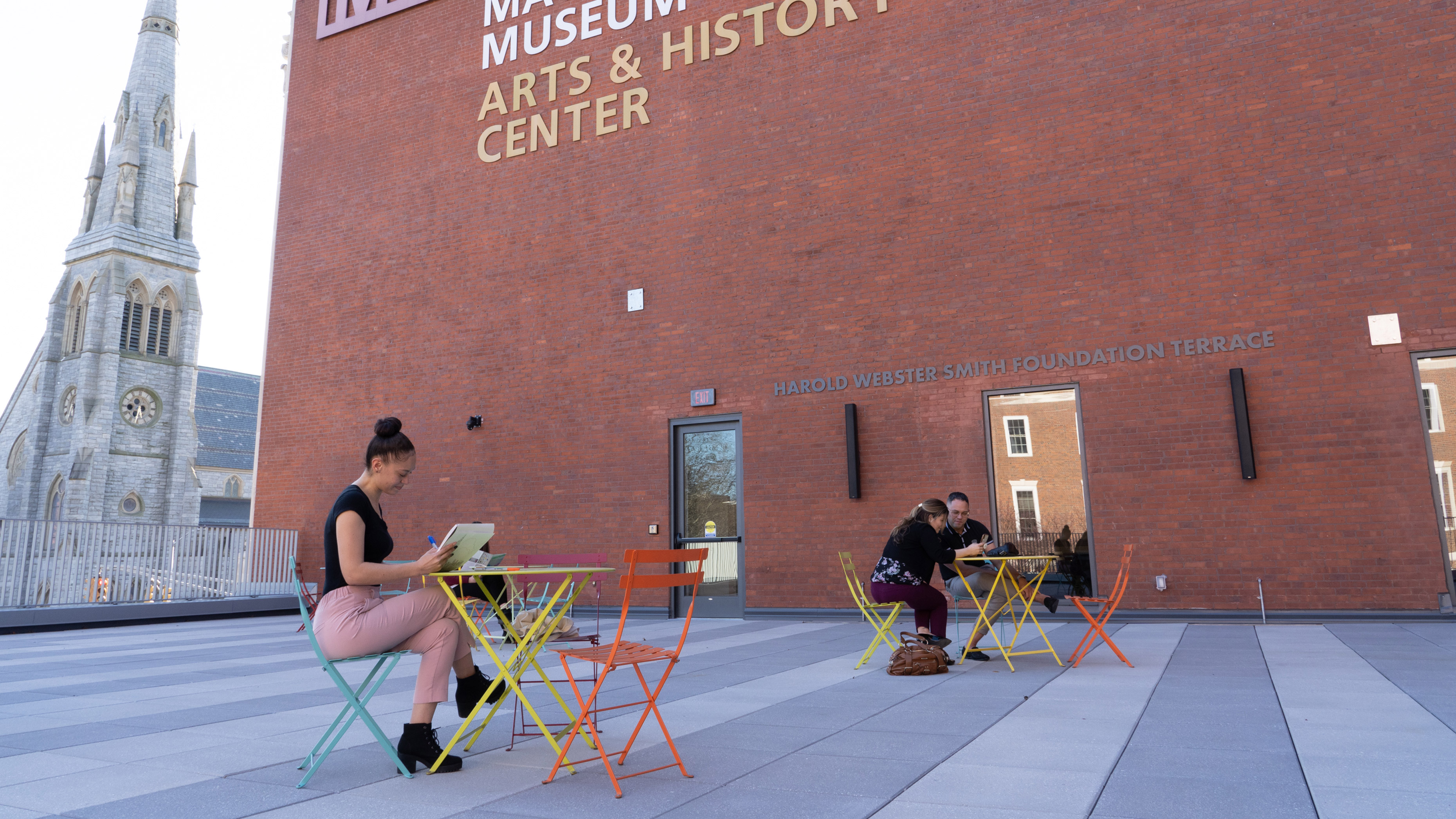 Mattatuck Museum
Mattatuck Museum We need to respect our history, but what we really need to do is be a beacon for the city, and bring people from all around to Waterbury – to experience the city of Waterbury, because it's beautiful. The city of Waterbury is like an art object.
Burns says the Museum is energized by its clear vision of the future, and also by its legacy of telling in-the-moment tales – like in 2017, when it pivoted in reaction to the floods from Hurricane Maria that ravaged Puerto Rico.
“We had about 400 people move here in a period of two weeks, and we decided that we would fill every single space in the museum with works that either represent Puerto Rico or were by Puerto Rican artists. And to help everybody in Waterbury understand what our new neighbors were feeling, we only put up Spanish labels. The entire museum was only in Spanish so that people, when they came to visit the museum, would know what it was like for these people whose lives were completely upended and brought to Waterbury.”
Bob is unabashedly passionate – emotional in the very best sense. He tears up no less than three times during our conversation: Firstly, when speaking about his mother; Secondly, when describing his sister, Kathy (an acclaimed physics teacher back in his hometown and an inspiration for students who are now world-changers at NASA, SpaceX and Tesla); and thirdly, when telling the story of Mr. Fortune.
In 1999, one of the Museum’s artifacts – the skeleton of a man that was originally discovered in Waterbury in 1910 – was reviewed in great detail by the African-American Historic Project Committee. It was determined that the man, dubbed “Larry” because of the label on his skull, was actually a black slave named Fortune who died in 1798.
Given the news, the Mattatuck created a special exhibit to honor Fortune and detail the lives of slaves in the early part of the 19th century.
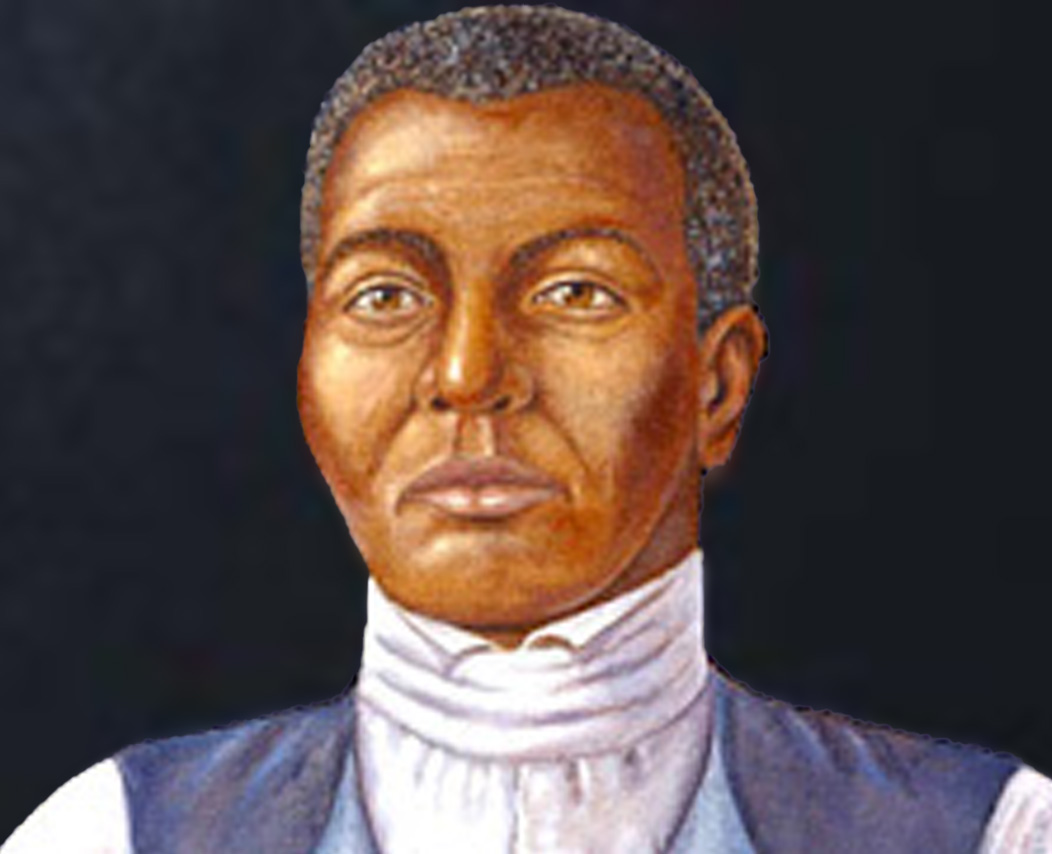 Mattatuck Museum
Mattatuck Museum Mr. Fortune, painted by a medical illustrator based on his skeletal structure.
The exhibit revealed the complex stories of Fortune, his family, the family to which he was enslaved, and slavery in Waterbury – and featured an interactive video kiosk with short stories of Fortune’s skeleton being examined by anthropologists.
The respectful and exhaustive work drew the acclaim of many, and from it, came a proper burial for Fortune.
Mr. Fortune is the first non-elected official in the history of Connecticut to lie in state. The burial event at Riverside Cemetery gained international attention, and Burns was besieged by countless media outlets – the NBC Nightly News, Al-Jazeera, The Guardian from London and CBC Canada among them.
Wiping tears away to finish the story, Burns explains that, most importantly, “It was the right thing to do – to respect the dignity of that human being who had not been honored as one of us.”
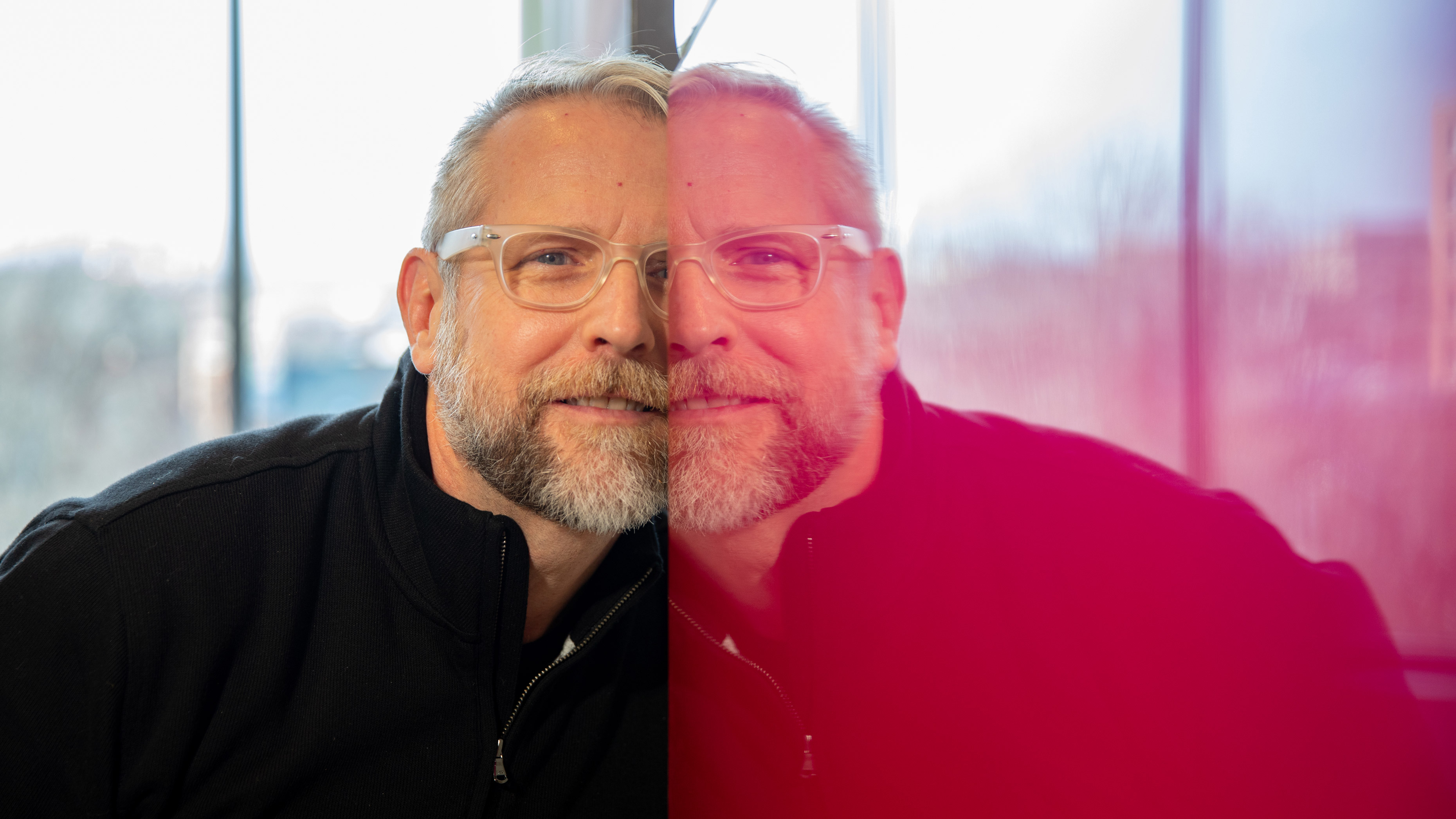 WORX
WORX Of the Waterbury community, Burns underscores what so many others notice.
“Everybody knows everybody else in Waterbury, even if you've only been here for a couple of years. They're all looking for ways to collaborate, to build on the success of their institution and your institution. It's a collaborative city. People are interested in every angle to make things successful.”
Bob notes that none of the $9 million museum transformation would have been possible without the exhuberance, and intense financial support, of the greater Waterbury community.
Laughing as he says it, Bob admits, “Running a museum, I never thought that I'd be so involved in the economic development of a city, but it's an important part. The arts really are an economic driver. And in this city in particular – where we have a Mayor who believes in the power of the arts to bring people together – it's wonderful to be able to sit in the same meeting with engineers and developers and talk about the future of Waterbury.”
Main Street Waterbury, the Waterbury Development Corporation and the United Way of Greater Waterbury are just some of Bob’s philanthropic haunts (not to mention his advisory roles for both Post University and Naugatuck Valley Community College) – and he’s happy to rattle off stories of the great restaurants, youth-based organizations and manufacturers all contributing to the city’s growth.
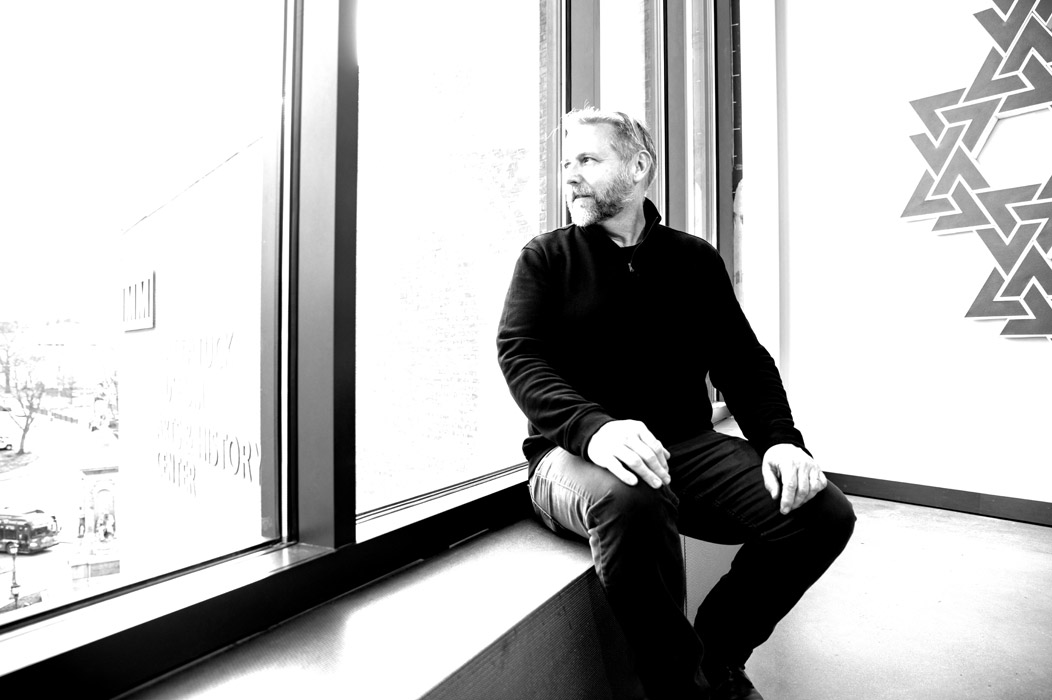 WORX
WORX “I think it’s really important for [business owners] to understand that, when they’re trying to move people here to work, that we have a wonderful quality of life. It's a city that believes in the power of culture to lift up and advance a community. And it's a city that believes in its own destiny. We are a great city, and we'll continue to be a great city as we grow into the future.”
After a few hours together, it’s clear: We’ve only scratched the surface of the stories that Burns, and the Mattatuck Museum, can tell. So until the next conversation, Bob ends this one with a succinct point – a message for prospective investors who may be looking at Waterbury:
"You’re not just investing in a piece of land for your business… which is great, and will help you. You're investing in a community that wants you to succeed."
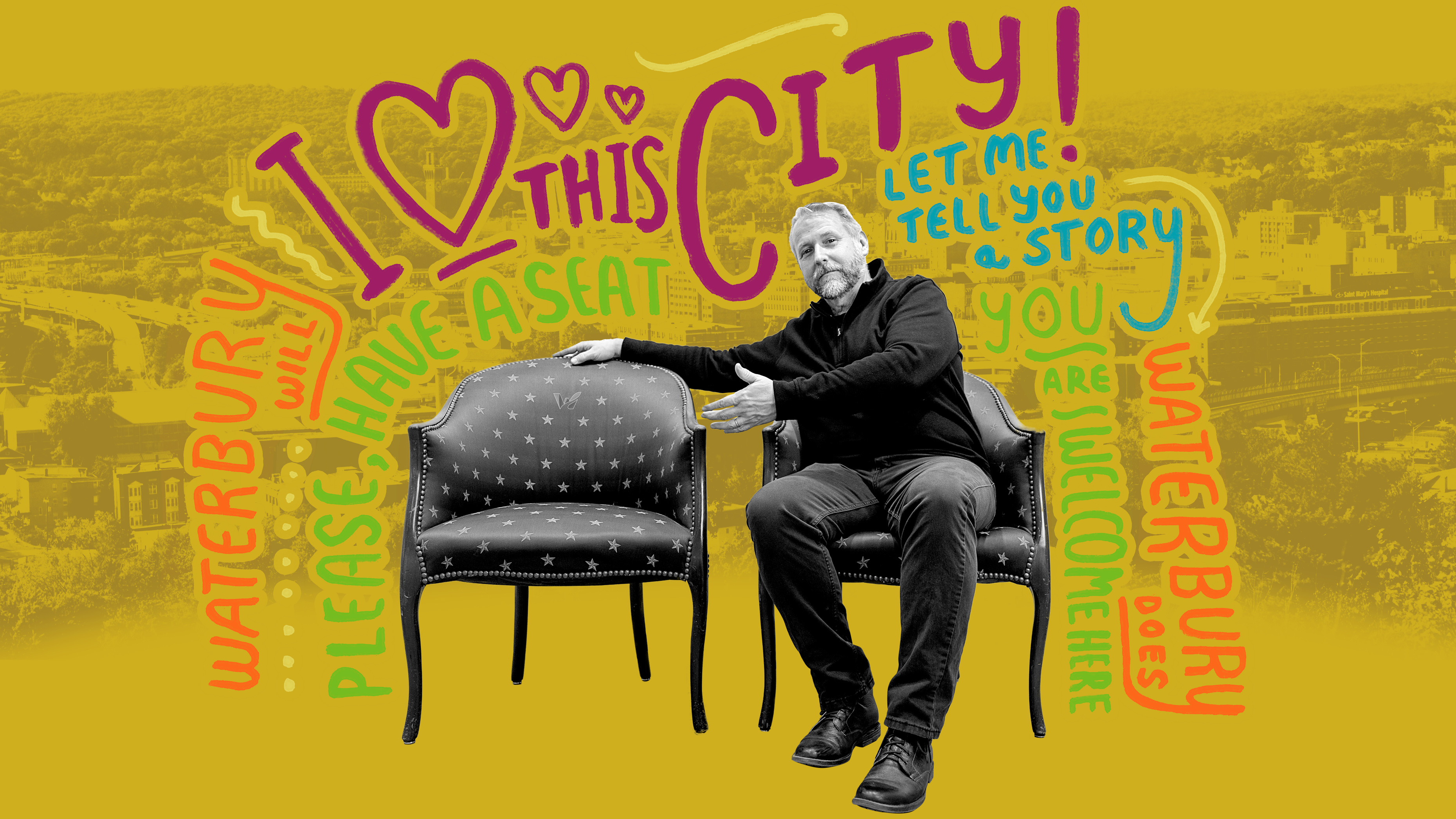 WORX
WORX 

